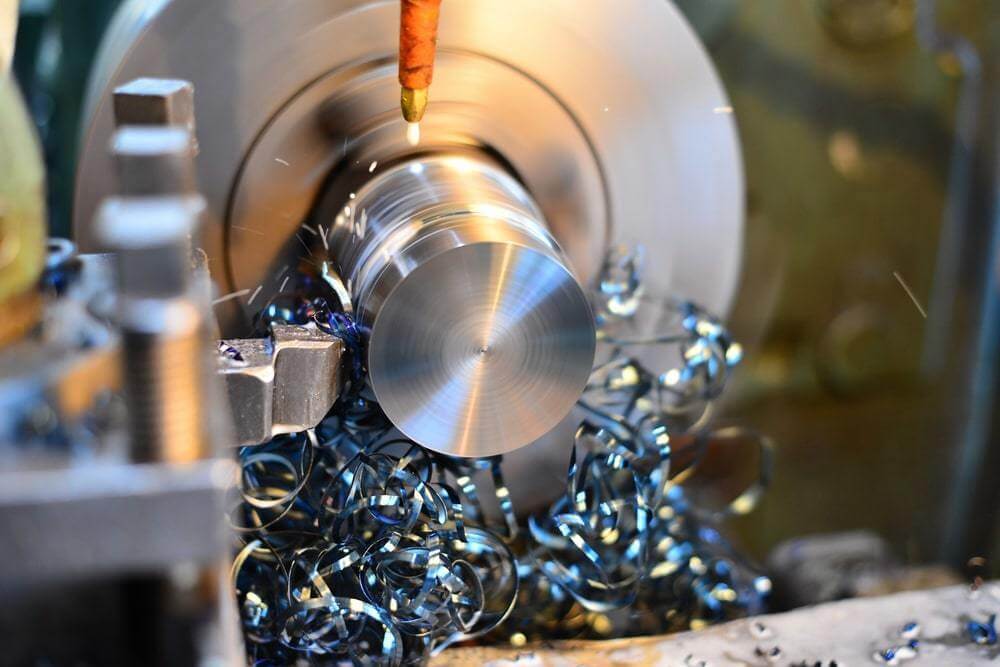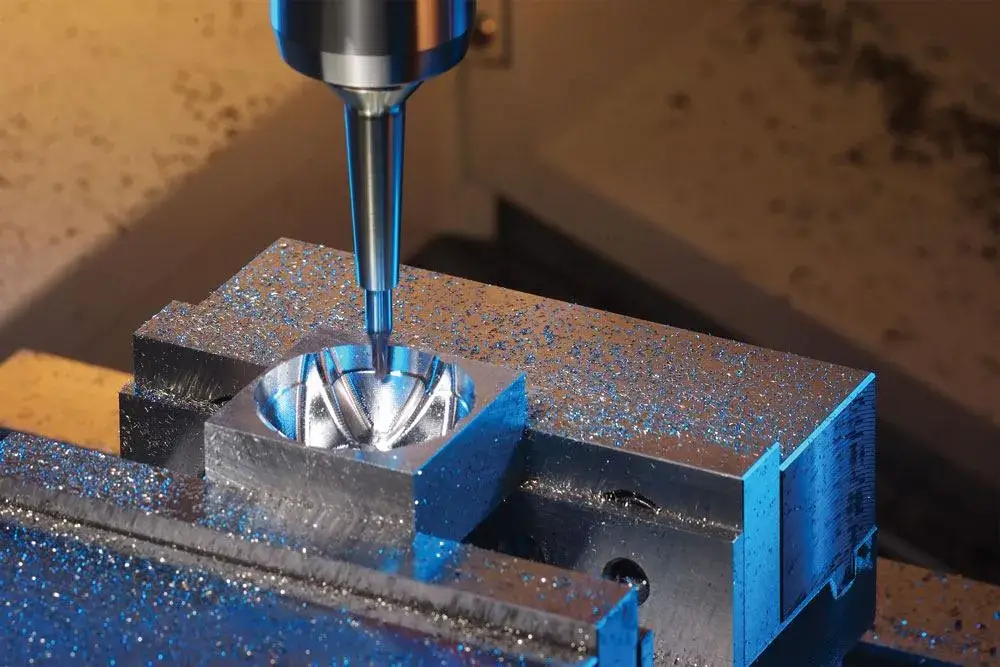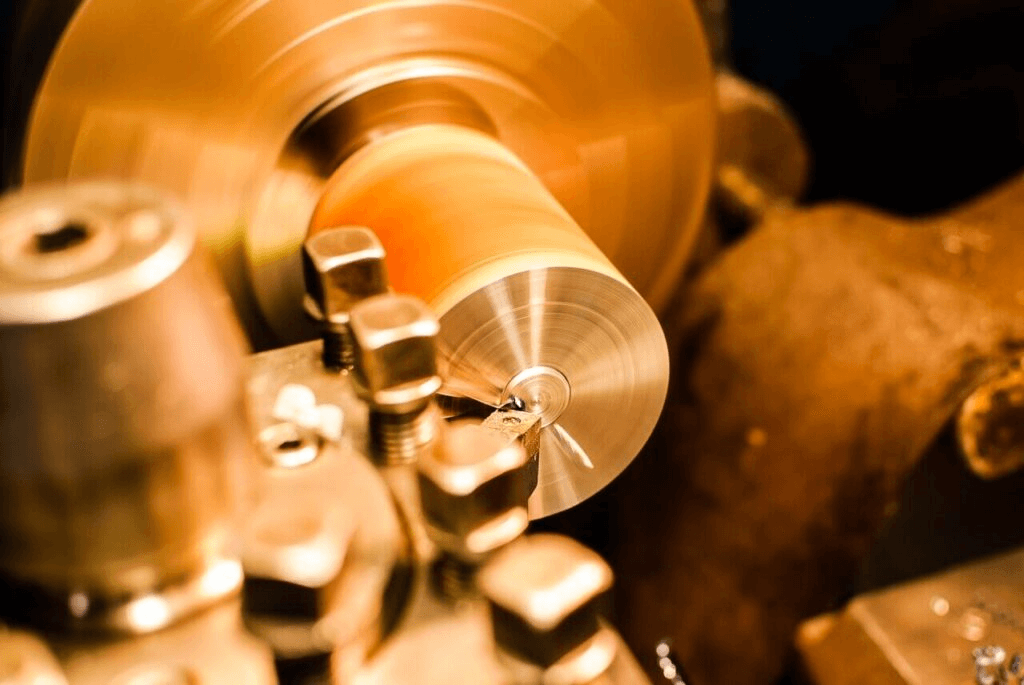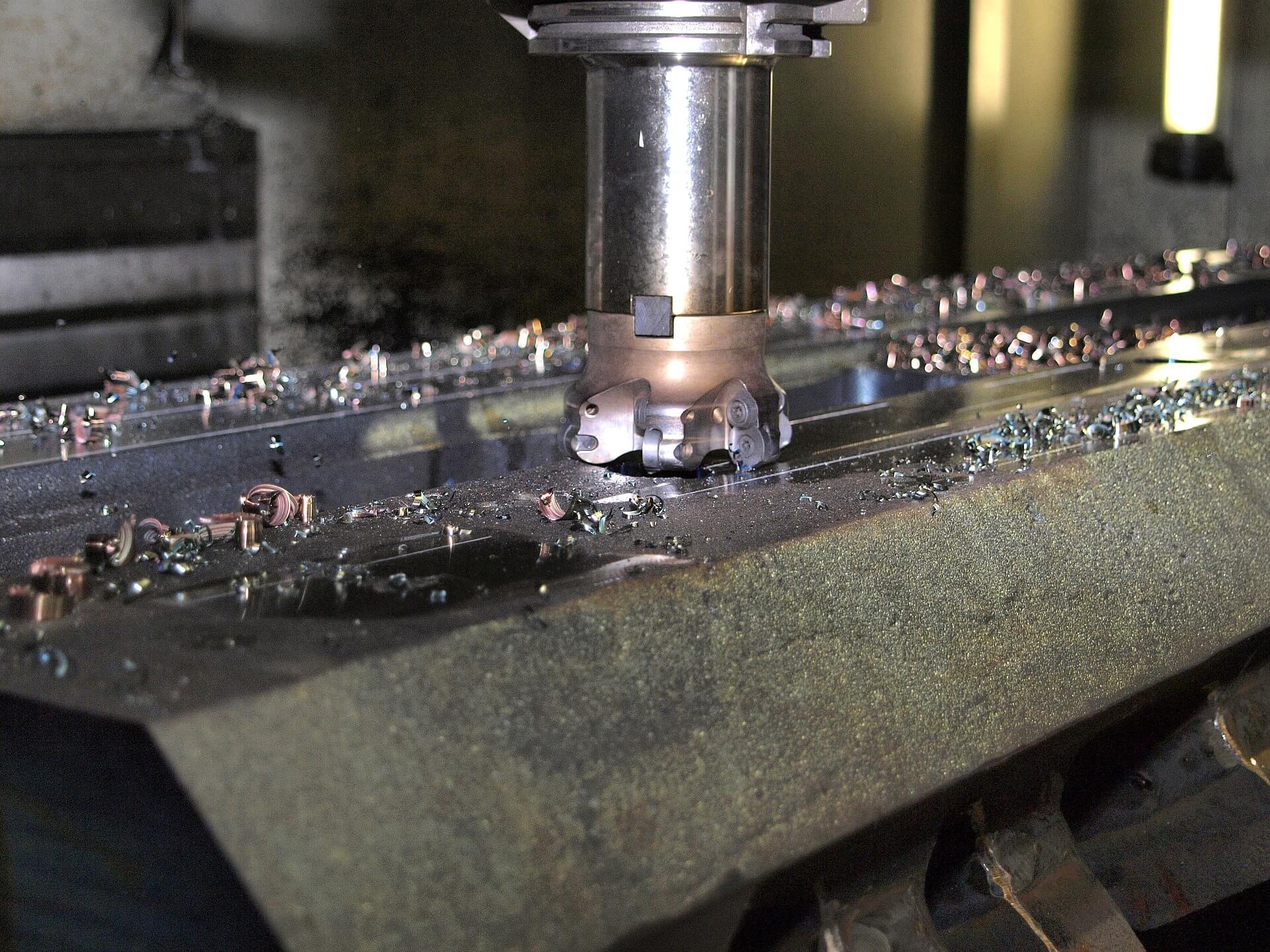Metal Machining – What is This Process?
Metal machining is the process of shaping alloy components, modifying their dimensions and sometimes also their properties. The goal of the process is to produce components with the desired size and shape.
There are many types of machining – the main difference between them is the type of material being machined and the characteristics of the technology, for example, milling is usually a piece of metal alloy and the effect of milling on material removal is much better than plastic machining. And of course: the type of tools used to machine and cut metal. What are the types of metal milling? What are their possibilities?
1.Types of metal machining
The currently widely accepted types of metal machining operations can be divided into the following main categories:
- Machining (such as milling, grinding, water jet cutting, turning – based on traditional and CNC),
- Plastic processing (such as bending, stamping, drawing, forging),
- Heat treatment (such as annealing or element saturation).
Each process can produce metal parts with different characteristics and shapes: - Metal machining is the mechanical processing of metal components, focusing on the extent of material removal. The parts produced in the above processes are usually much lighter than the raw material block, have the desired shape and are manufactured according to customer requirements.
- Plastic metal machining allows shaping of parts, such as stamping, bending. But the initial volume of the object is not changed, and the mass before and after plastic machining remains the same or almost the same.
- Heat treatment, chemical treatment or thermochemical metal treatment aims to give the object additional and predefined properties. It can be annealing, which gives the machined metal part better hardness and rigidity, or anodizing, which improves the surface finish, usually of aluminum.
Each of these metal machining processes has different uses and can be used throughout the manufacturing process. For example, machined parts undergo an annealing process.

2.Metal machining – what is its process?
The general characteristics of metal machining can be well described by its alias “removal processing”. The whole process focuses on removing extended material until the part obtains the desired shape and form. At present, we can point out three main types of metal machining:
- Milling (on automatic or CNC machines)
- Turning, (same: automatic or CNC operation)
- Grinding (same: automatic or CNC)
Machining metal parts shapes the raw material block by removing material – for example, a milling machine uses a tool to cut the material. Modern milling machines can remove a large amount of material in a short time, thanks to a wide variety of tools.
On the other hand, we can divide milling itself into peripheral milling and face milling, which is judged by the direction of the cutting surface during the process. As well as reverse milling and co-axial milling, which is judged by the direction of the machined object.
It is worth mentioning that milling, especially through computer numerical control, can produce elements of almost any shape and form.
Turning, as one of the milling processes, works by removing excess material from a rotating object attached to a blade holder, such as a cutter head or drill.
Depending on the direction of the blade, that is, the side of the machined object, this type of metal machining can be divided into external turning, the most common of which is the movement of the blade on a special fence, or sometimes called “boring” – internal turning, in which the blade moves inside the turned object.
Grinding is usually considered one of the last steps in the machining of a part – it smoothes the surface, but also removes a small amount of material.
It is worth mentioning that the process of “metal machining” as we see it can be performed by manually controlled tools or by computer control, such as automatic blades, as well as the so-called “CNC machining”.
CNC machining is a very popular method for forming and processing metal components due to its high precision, low tolerances and ease of mass production.
In addition, a well-prepared surface can speed up the entire manufacturing process. For example, additional chemicals, heat treatments or other processes such as aluminum anodizing can be carried out more easily on carefully machined parts.

3.Metal machining – How is metal plastic processing different from other technologies?
Metal plastic processing explores the natural flexibility of metal alloys in order to shape them in the desired way. We can divide it into:
- Bending
- Stamping
- Forging
- Drawing
Metal bending is often used to form components of pipeline structures, such as metal profile tubes for scaffolding, etc. The biggest advantage of this process, especially cold bending, is its simplicity and ease – no additional tools of any type need to be used, only force is needed.
On the other hand, forging metal, in addition to forming, changes the internal structure of the object and imparts additional properties, such as higher stiffness or mechanical resistance.
Metal stamping is often used to produce thin metal components, such as metal sheets. Stamping is done with the help of hydraulic or mechanical presses, which provide high pressure per square centimeter.
Plastic working of metals can be carried out:
- In the cold (temperatures below the metal’s recrystallization point, or even at room temperature)
- At high temperatures (above the metal’s recrystallization point – heat increases the metal’s plasticity)
The force acting on the object can change its shape, and the process temperature has an impact on the final characteristics of the formed part. It is generally believed that metals processed hot are less brittle than those processed cold. On the other hand, cold processing can provide objects with better hardness and overall rigidity.
4.Metal machining – Metal hot processing
Hot processing (often called “heat treatment”) focuses mainly on imparting characteristics and properties – mainly by changing the alloy structure. Among metal hot processing, it is worth mentioning:
- Hardening
- Annealing
- Supersaturation
- Stabilization
Hardening is a common form of metal heat treatment. It improves the physical characteristics of a component by rapidly cooling a heated component, such as turning it into cold water or oil.
Annealing has some similarities with hardening, but the main difference lies in the cooling process – the heated part cools down at its natural rate. Stabilization is a form of annealing, but the element is heated to 100-150°C.

5.Chemical and thermochemical processing of metals
Thermochemical and chemical treatment of metals is a group of processes that give objects the desired properties through the influence of chemicals or high temperatures. Chemical treatment of metals is used to change the physical and chemical properties of the steel surface. For example, nickel plating, the process of forming a layer of nickel on the surface of the part.
Chemical treatment, on the other hand, is a more complex process that allows to obtain a more wear-resistant surface of the element with different properties. It is the result of a combination of heat treatments, used as an accelerator of chemical processes.
We can mention the following types of thermochemical treatment of metals:
- Chromium plating, which improves the aesthetics of the part and forms a wear-resistant coating on the metal surface (the process is carried out at temperatures up to 1050°C).
- Nitriding, which improves the corrosion and wear resistance of the surface.
- Silicification, the process of enriching the metal surface with silicon dioxide at high temperatures improves the resistance of the part to high temperatures and acids.
- Sulfation, i.e. the surface is impregnated with sulfur, improves sliding properties and significantly reduces friction.
If you are looking for an experienced metal machining manufacturer, Xavier is your ideal choice. The Xavier team is well-equipped to provide high-quality metal machining solutions. If you need more information or to discuss your machining needs with us, please feel free to contact us.
